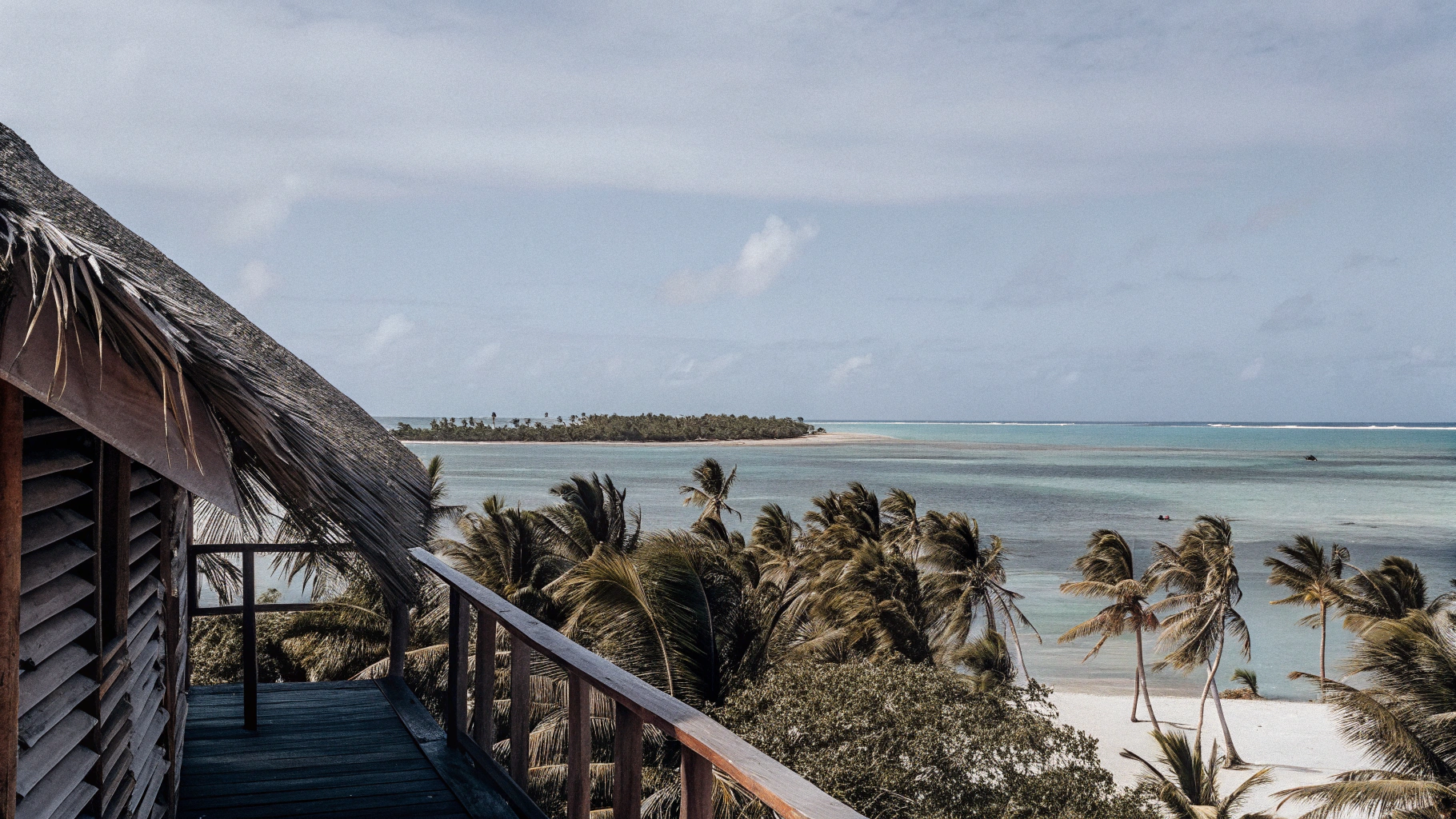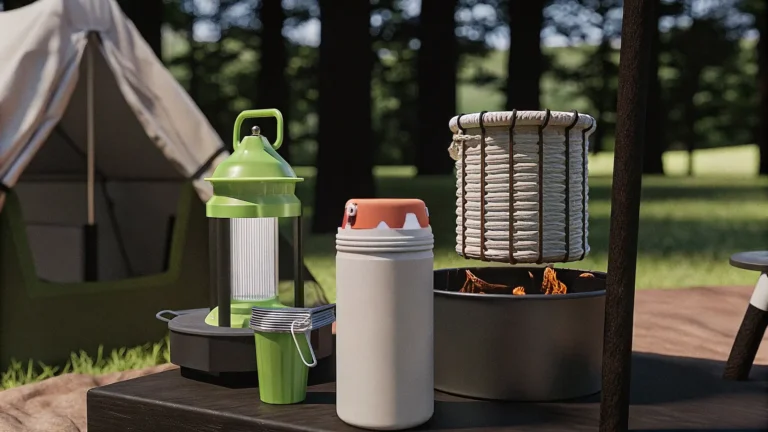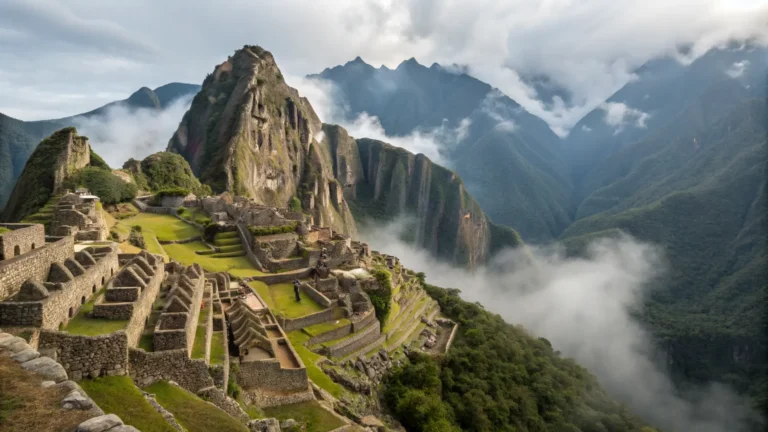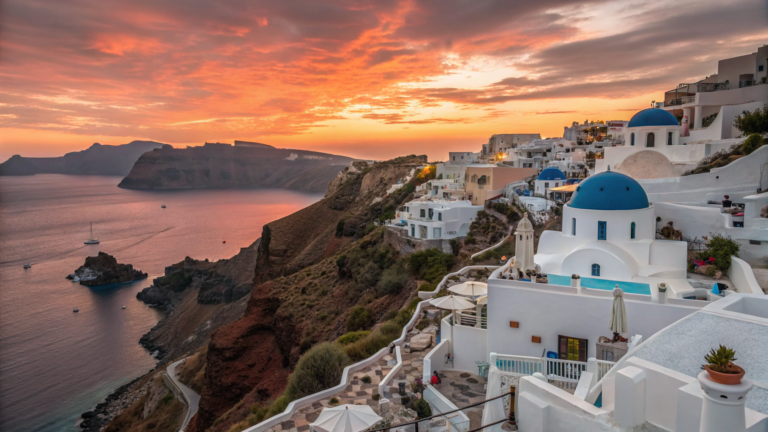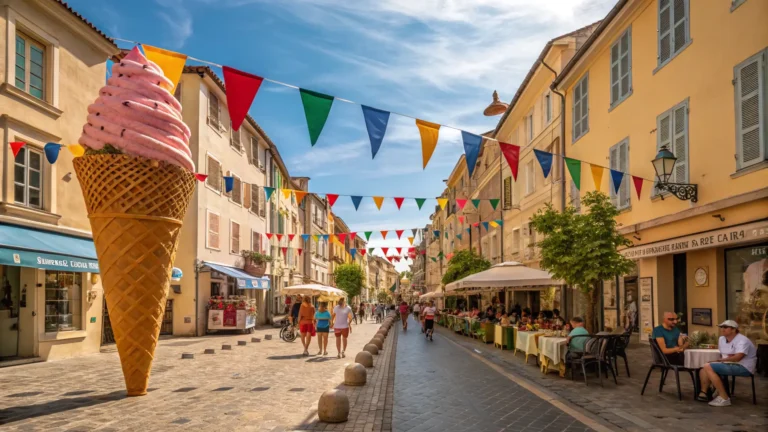Best Time to Visit Belize 5 Tips for the Perfect Vacation
Last updated on June 17th, 2025 at 10:46 pm
Picture this: I’m standing in line at customs in Belize City, March 2019, sweating through my t-shirt after just ten minutes off the plane. The guy behind me is complaining to his wife about how different this feels from their last trip. “Honey, remember how it rained buckets last time we were here?” he’s saying. His wife rolls her eyes. “That was October, Frank. Of course it rained.”
Frank’s confusion hit home for me. I’d spent weeks researching Belize but somehow missed the most basic fact – when you visit this place matters. A lot.
After seven trips to Belize over six years (my passport stamps tell quite a story), I’ve figured out the rhythm of this beautiful country. Sometimes I nailed the timing perfectly. Other times? Well, let’s just say I learned some expensive lessons about rainy season the hard way.
Here’s what I wish someone had told me before my first trip, broken down into five straightforward tips that’ll save you both money and disappointment.
Table of Contents
Understanding Belize’s Weather Patterns and the Best Time to Visit Belize
Belize keeps things simple with two distinct seasons that couldn’t be more different from each other.
Dry Season (December-May) feels like what you’d imagine paradise should be. Sunny days, cool nights, maybe a brief shower once a week. Temperatures sit comfortably in the low 80s, and that Caribbean breeze keeps everything pleasant.
Rainy Season (June-November) is when Mother Nature cranks up the intensity. More rain, higher humidity, and yes, hurricane season. But don’t write it off completely – I’ve had some of my best Belize experiences during these months.
The coastal areas catch those steady trade winds that make even hot days bearable. Head inland to places like San Ignacio, and you’ll feel the difference immediately. No ocean breeze means higher temperatures and stuffier air, especially during summer months.
One thing nobody mentions in guidebooks: elevation changes everything. The Mountain Pine Ridge area actually gets cool at night, even in July. I remember needing a light jacket one evening at Hidden Valley Falls, which felt surreal after baking on the beach all day.
What This Means for Your Trip:
- Dry season delivers reliable good weather but costs more
- Rainy season offers better prices but requires flexibility
- Coast stays cooler than inland areas year-round
- Higher elevations provide surprising temperature relief
Tip #1: Work the Seasonal Sweet Spots
The most gorgeous weather in Belize happens from February through April, hands down. I’ve experienced those postcard-perfect days where you wake up to sunshine, spend the day in crystal-clear water, and watch incredible sunsets without a cloud in sight.
But perfect weather comes with a price tag.
During my February 2022 trip to San Pedro, I paid $220 per night for a basic beachfront room. My friend Jake visited the same hotel in September and paid $95. Same room, same view, half the hurricane season risk had passed. The only difference? Timing.
Peak season also means dealing with crowds everywhere. Popular dive sites get packed with day-trippers from cruise ships. Restaurants require reservations days in advance. That spontaneous island-hopping adventure you’re dreaming about? Good luck finding last-minute boat space.
Shoulder Season Magic:
May and November became my secret weapons after learning this lesson. May especially surprised me – still plenty of sunshine, occasional quick showers that actually feel refreshing, and prices drop significantly. During my May 2023 visit, I found hotel rates 35% lower than peak season.
November requires more weather watching since it’s technically still hurricane season, but the risk drops considerably after October. I’ve had fantastic November trips with perfect diving conditions and empty beaches.


Green Season Reality:
Visiting during rainy season (June-October) isn’t for everyone, but it can be incredible under the right circumstances. My August 2021 trip taught me that “rainy season” doesn’t mean constant downpours. Rain usually hits in afternoon bursts – sometimes heavy, but typically short-lived.
The upside? I had entire beaches to myself, paid half the normal rates for everything, and saw Belize at its most lush and green. The downside? Packing became an art form since weather could change from sunny to stormy in minutes.
Smart Timing Moves:
- February-April guarantees great weather but expect peak pricing
- May offers excellent value with minimal weather trade-offs
- November can be fantastic if hurricane season cooperates
- Rainy season requires flexibility but delivers huge savings
Tip #2: Match Your Activities to Mother Nature’s Schedule
Belize offers completely different experiences depending on when you visit, and some activities have clear seasonal windows that you’d be crazy to miss.
Water Activities:
For diving and snorkeling, February through June delivers the clearest water I’ve ever seen. During a March dive at the Blue Hole, visibility exceeded 120 feet – you could see the bottom from the surface. Compare that to my October dive at the same spot, where 60-foot visibility felt impressive.
Whale shark season runs March through June at Gladden Spit, and this experience alone justifies timing your trip around it. Swimming alongside a 30-foot whale shark ranks among my top five life experiences. But booking requires serious advance planning – these tours sell out months ahead.
Wildlife Watching:
Bird enthusiasts should target November through April when migratory species flood into Belize. Even casual observers like me found it impressive. During a February visit to Crooked Tree Wildlife Sanctuary, our guide pointed out over 150 species in a single morning.
Jaguar spotting works best during dry season when big cats venture out for water more predictably. I never saw one myself, but guides at Cockscomb Basin told me March and April produce the most sightings.
Cultural Exploration:
Those ancient Mayan ruins are accessible year-round, but climbing stone pyramids in 95-degree heat with crushing humidity is miserable. I learned this during a July visit to Caracol – by noon, I was drenched and exhausted. Dry season exploration feels much more comfortable, especially early morning visits.
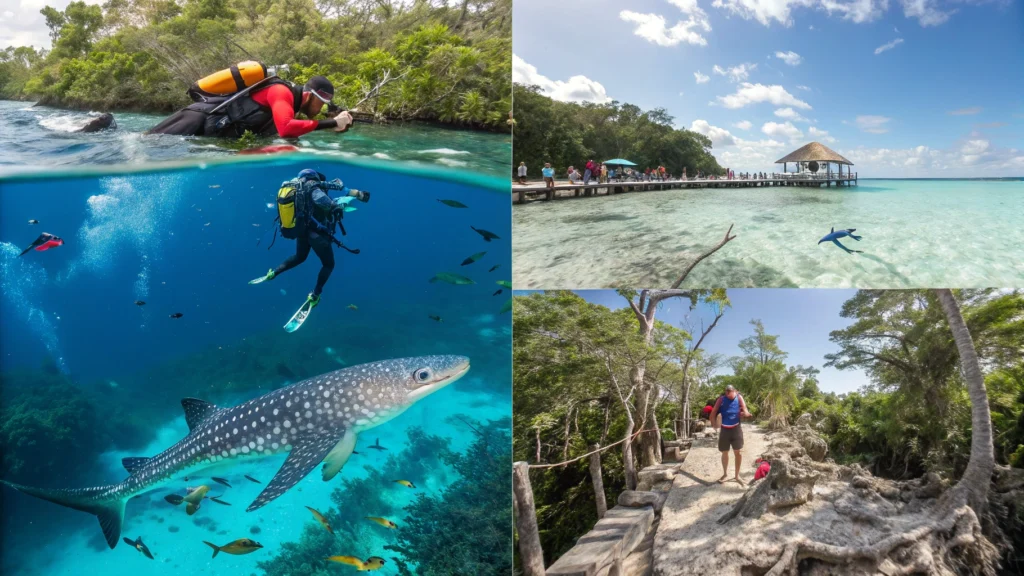

Activity Timing Guide:
- Best underwater visibility: February-June
- Whale shark encounters: March-June (book early!)
- Prime bird watching: November-April
- Comfortable ruin exploration: December-May, early mornings
Tip #3: Beat the System on Crowds and Costs
Smart timing can save you serious money and frustration. I learned these strategies through trial and error – mostly error.
Booking Timeline Strategy:
Peak season trips need booking three to four months ahead, minimum. Popular places like Victoria House on Ambergris Caye fill up by Christmas for February and March dates. I missed out on my first-choice accommodations twice by waiting too long.
Shoulder season offers more flexibility – six to eight weeks advance booking usually works fine and still nets decent savings.
Green season can often be booked just weeks ahead, sometimes less. But research seasonal closures first. Some places shut down completely during September and October, the rainiest months.
Crowd Avoidance Tactics:
Early morning became my secret weapon for popular attractions. Hol Chan Marine Reserve at 7 AM meant having pristine reefs almost to ourselves. Return at 11 AM and you’re fighting crowds from three cruise ships.
Consider base towns like Hopkins or Placencia instead of touristy San Pedro. You’ll experience more authentic Belize culture, pay lower prices, and still access main attractions via day trips.
Money-Saving Discoveries:
Midweek arrivals (Tuesday-Thursday) often cost 20-30% less than weekend flights. Airlines and hotels both offer better rates for less popular travel days.
Package deals sometimes beat booking separately, especially during peak season. I saved $400 on a week-long trip by bundling flight and hotel instead of booking individually.
Cost and Crowd Tips:
- Peak season requires 3-4 month advance booking for best rates
- Shoulder season delivers 20-35% savings with minimal weather risk
- Green season can cut costs by 50% but demands flexibility
- Early mornings and midweek travel reduce both crowds and costs
Tip #4: Regional Differences Change Everything
Belize feels like multiple countries rolled into one, and weather patterns vary dramatically depending on location.
Coast vs. Inland:
Coastal areas benefit from consistent Caribbean trade winds that make even hot days tolerable. I’ve spent comfortable August afternoons on Caye Caulker while the same day felt oppressive in San Ignacio.
Inland regions heat up more and cool down less, especially during summer. But you’re closer to jungle adventures, Mayan sites, and cultural experiences that the cayes can’t match.
Regional Timing Differences:
Northern Cayes (Ambergris Caye, Caye Caulker) stay consistently pleasant thanks to reef protection and constant breezes. These areas maintain services year-round since weather rarely gets extreme enough to shut things down.
Placencia Peninsula became my favorite compromise – less developed than northern cayes but still offers excellent restaurants and activities. February through May hits the sweet spot here for weather and manageable tourist numbers.
Central Belize (San Ignacio, Cayo District) works best during dry season when jungle access stays reliable and temperatures remain bearable for outdoor adventures.
Southern Belize (Toledo District) receives the most rainfall, making dry season visits almost mandatory for outdoor activities and cultural tours.
Regional Planning Guide:
- Northern cayes offer consistent comfort with year-round services
- Central areas require dry season timing for best jungle access
- Southern regions need careful weather planning due to heavy rains
- Coastal locations always beat inland areas for temperature comfort
Tip #5: Cultural Events Can Make or Break Your Trip
Festivals and special events transform Belize from a pretty beach destination into something truly special – but they require strategic planning.
September Celebrations showcase Belize at its cultural peak. Independence Month brings parades, music, dancing, and celebrations throughout the country. I happened to be there for St. George’s Caye Day in 2019, and the energy was infectious. Belizeans take serious pride in their heritage, and visitors get welcomed into the party.
But festival timing comes with challenges. Hotel rates spike, availability disappears, and advance planning becomes essential.
Lobster Festival Season (June-July) celebrates the start of lobster fishing season with incredible food festivals in Placencia and Caye Caulker. Yes, it’s technically rainy season, but these events justify the timing risk. Fresh lobster, live music, and beach parties while light rain occasionally adds atmosphere? Pretty magical combination.
Cultural Calendar Considerations:
Baron Bliss Day (March 9) brings boat races and cultural events but also crowds popular destinations. Easter week shuts down much of the country as families celebrate together. Christmas and New Year’s see peak tourist numbers and maximum prices.
Local festivals happen throughout the year in smaller communities. These provide authentic cultural experiences without major tourist impacts, but they require local knowledge to discover.
Festival Planning Tips:
- September offers incredible cultural immersion during Independence Month
- Lobster festivals justify rainy season timing for food lovers
- Major holidays mean higher prices and crowded accommodations
- Local community festivals provide authentic experiences with advance research
Making Your Belize Dreams Reality
So when should you visit Belize? After all these trips, here’s my honest recommendation system:
First-time visitors should target April or May. April delivers peak season weather reliability without December-March crowds and costs. May offers shoulder season value while weather remains excellent.
Budget-conscious travelers should consider September or October if they can handle weather uncertainty. Savings reach 50-60% off peak rates, and post-hurricane season (if storms haven’t hit) can deliver surprisingly good conditions.
Activity-focused trips need careful seasonal matching. Diving enthusiasts should stick to February-June. Cultural explorers will love September. Wildlife watchers should target November-April.
Luxury seekers who want guaranteed perfection should book February or March, budget accordingly, and make reservations months ahead.
Actually, let me share something personal. My favorite Belize trip happened in May 2023 – perfect weather, reasonable prices, uncrowded attractions, and authentic local interactions. Everything clicked.
Whatever timing you choose, Belize will surprise you. Whether you’re swimming through Hol Chan Marine Reserve, exploring Caracol’s ancient pyramids, or just watching sunset from a hammock on Caye Caulker, this country delivers magic.
The key is matching your expectations with reality. Peak season gives you postcard weather but postcard prices. Shoulder seasons offer the best balance. Rainy season requires adventure spirit but rewards it with incredible value and experiences.
Ready to start planning your Belize adventure? What draws you most – the incredible diving, ancient Mayan culture, or just pure Caribbean relaxation? Share your thoughts below and let’s help each other plan the perfect trip!

